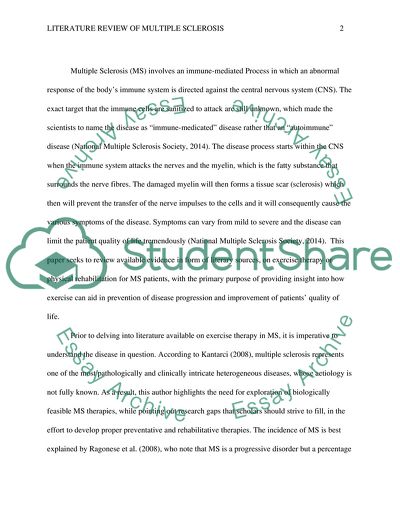Cite this document
(Determination of Multiple Sclerosis Literature review, n.d.)
Determination of Multiple Sclerosis Literature review. https://studentshare.org/health-sciences-medicine/1831184-literature-review-of-multiple-sclerosis
Determination of Multiple Sclerosis Literature review. https://studentshare.org/health-sciences-medicine/1831184-literature-review-of-multiple-sclerosis
(Determination of Multiple Sclerosis Literature Review)
Determination of Multiple Sclerosis Literature Review. https://studentshare.org/health-sciences-medicine/1831184-literature-review-of-multiple-sclerosis.
Determination of Multiple Sclerosis Literature Review. https://studentshare.org/health-sciences-medicine/1831184-literature-review-of-multiple-sclerosis.
“Determination of Multiple Sclerosis Literature Review”. https://studentshare.org/health-sciences-medicine/1831184-literature-review-of-multiple-sclerosis.


